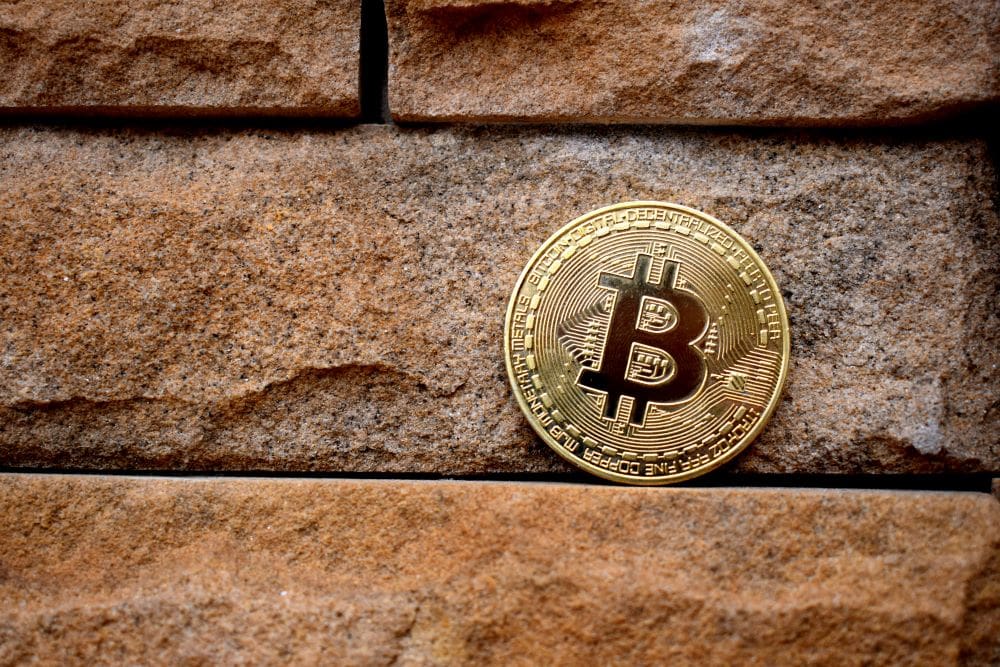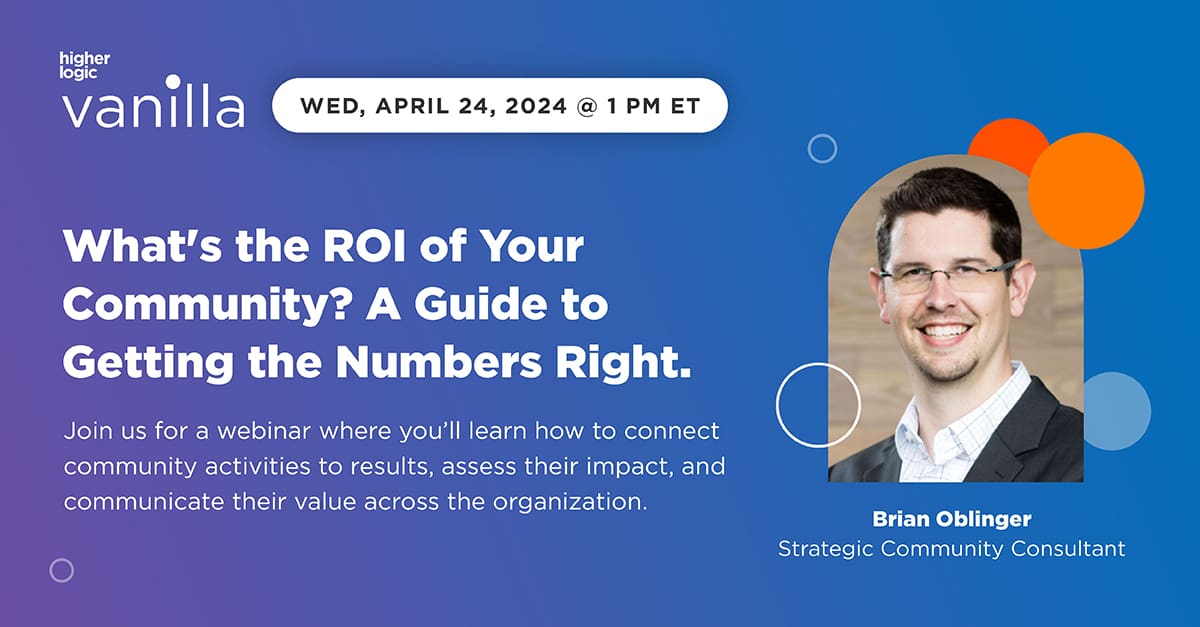
How Tokenomics and NFTs Can Improve Community Engagement
NFTs are the topic of the moment, but like the early days of other popular tech, lots of people are in the dark about what NFTs actually are. NFTs and community are topics I hadn’t heard a whole lot about though.
According to a quick Google search, “A non-fungible token (NFT) is a non-interchangeable unit of data stored on a blockchain, a form of digital ledger. Types of NFT data units may be associated with digital files such as photos, videos, and audio.”
But how do NFTs apply to community?
Late in 2021 I had the pleasure of listening to Todd Nilson and Arik Johnson’s session at Super Forum, Tokenomics: A Pursuit of Community Influence & Recognition (See video below!).
I wanted to learn more!
Todd Nilson took some time to further explain how tokenomics, and specifically NFTs could apply to community. In fact, he told me how NFTs could improve community participation, engagement, and security.
DISCLAIMER: Please bear in mind that Todd is not without reservations about the NFT trading space and feels concerned that organizations should carefully evaluate for appropriateness before forging ahead in the NFT and blockchain space. He feels that we should be ready for the future, but we should proceed with caution!
With that in mind, here are my major takeaways from our chat!
NFTs & Community: Better Gamification
Gamification might be one of the most lauded features community managers rave about. It is one of the best ways to promote engagement and loyalty within a community space. Rewarding members for their posts, their answers, and their activity does not have to end at badges and labels though.
NFTs mean that you can go beyond standard gamification. They allow you to offer something tangible. How? “In community terms it would be offering things like access – being rewarded with an NFT can mean that I can join this specific area in the forum, or it could equate to real life events like donating money to a charity, or voting rights in a true DOA fashion,” Todd explained.
The greatest part of this is the community team can set standards. The NFTs can either be long term, short term, or even conditional. It is all in the hands of the community owner. Whether your biggest super users have access to their NFT for life, or for the month they are considered your top contributor is totally up to you.
How does this differ from regular gamification? Because NFTs are applicable outside of your community as well as within it. Your members can take the NFT you reward them with, or indeed enable them to use and move it around the internet in ways I still have trouble understanding.
An interesting underlying element of an NFT is that they come with a ‘smart contract’ built in. It is quite similar to copyright law; “If anyone ever sells an NFT, the original builder can have provisions that live forever,” Todd told me.
Say for example “You’ve created an online community. It’s local, and you go to local artists to digitize art as NFTs, or maybe your members build some.” Todd explains to me that as well as the option to use these as ‘thank yous’ within my community, “If someone later leaves and sells that NFT, that built in contract will earn me residuals. It’s another way to monetize and support a community.”
At the end of the day, you are giving your community members the chance to move freely online with NFTs as well to really engage within your own space. But that’s not even the best part. In fact, the best part about implementing NFTS within your community is that you can offer your users a level of control you couldn’t before.
NFTs & Community: The User Controls their Data
Being in control of your own data were words that 10 years ago meant nothing. Now, however, they are the words dreams are made of.
Facebook has brought to light the damage that brands can do with your data and people want something different. Customers are much less likely to share their information with you willy nilly – they expect to feel like they control their information.
NFTs enable users to be as anonymous or as identifiable as they want. “I can share what I want to or what I feel is necessary,” Todd told me. It’s about the ability to choose what data and information you share, rather than being expected to lay it all out.
“Virtual wallets are going to become a repository for identity,” Todd continued. “You can have multiple NFTs within these wallets which can hold different iterations of your identity so depending on the market or community you’re entering; you can pick and choose how to be identified.”
With the user in the driver’s seat of their own data you might wonder how an organization can benefit from NFT use or the blockchain?
There is an inordinate amount of pressure on organizations to protect their customers’ data – there has been legislation written in the name of this, making it safer for consumers, but much more complex for brands.
The blockchain is a distributed ledger the stores data in multiple places worldwide whereas most companies only store data in one stagnant space. You know you shouldn’t store all your eggs in one basket, yet until now, organizations have not had much choice.
Utilizing the blockchain to store information can make companies much less vulnerable to hacking, security breaches, and data loss. It’s a no brainer once you understand the concept.
Putting your user back in control of their own information is timely, it’s on trend with what people expect, and it’s ultimately a big sell, so what is with the slow uptake?
It’s a tough sell. Implementing NFTs in a community setting is time consuming – there is no point lying about that. But the overall benefits of implementing them far outweigh the cons.
“You’re actually democratizing the ability to login” Todd said. You’re putting your users in the driver’s seat and you are taking some of the pressure off your organization in the meantime. It’s a win-win despite the short-term costs.
You may need to hire someone to do this, or there are probably people on your dev team that are already building some out (and quite possibly making a lot of money on them!), but in the long run NFTs aren’t going anywhere.
“NFTs are going to eat the world,” Todd told me – and I don’t disbelieve him. Companies are moving into the metaverse before most of us even understand what that means for our participation and our information. Taking control of it now seems to be prudent.
What Does This Mean for Community Leaders?
There’s going to have to be considerable time put into a project like this. Integrating your platform is not easy but the tech is there, and there are lots of people who know how to implement it. There are first steps to getting your community up to speed Todd told me: “Education is key here, understanding the technology and the implications are the foundational layers to NFTs and community.”
Next step? Buy-in. You may not have this in your budget for the coming year or even the year after that but best believe big brands are getting in ahead of the trend. Nike and Pepsi both have NFT strategies in place so that they’re ready to activate when the time comes.



